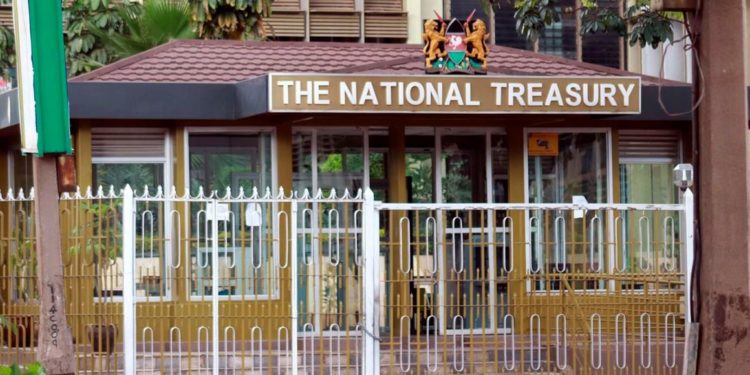Kenya’s ambitious plan to buy back a portion of its 10-year Eurobond worth United States Dollar (USD) 2.0 million that will mature in June 2024 may hit a stumbling block as investors grapple with potential losses stemming from the decline in bond prices caused by the rising yields.
Read more: The National Treasury Plans to Buy Back the 10-Year Eurobond Issued in 2014
Through this plan, the government aims to manage the country’s debt portfolio and ease financial strain by capitalizing on the current low bond prices, which have been driven up to 12.6% as of 2nd July 2023, from the initial 6.9% yield at the bond’s issuance in June 2014. This strategic move not only provides financial flexibility but also alleviates pressure on the national budget.
Yields on government bonds, including the Eurobond, move inversely to their prices. As yields climb, bond prices decline, posing a significant challenge for investors looking to divest their holdings. The surge in yields can be attributed to a variety of factors, including changes in monetary policy, inflation expectations, and broader economic trends.
The declining Eurobond prices mean that if they choose to sell their holdings to the Kenyan government as part of the buyback plan, they might incur losses. This is because the buyback price may be lower than the initial purchase price, reflecting the decreased market value of the bonds.
As the dilemma unfolds, a more proactive, decisive, and prudent risk management will be essential for the Kenyan government to navigate this risk of setback and, at the same time, be able to secure its financial stability in the long term.
Email your news TIPS to editor@thesharpdaily.com

















